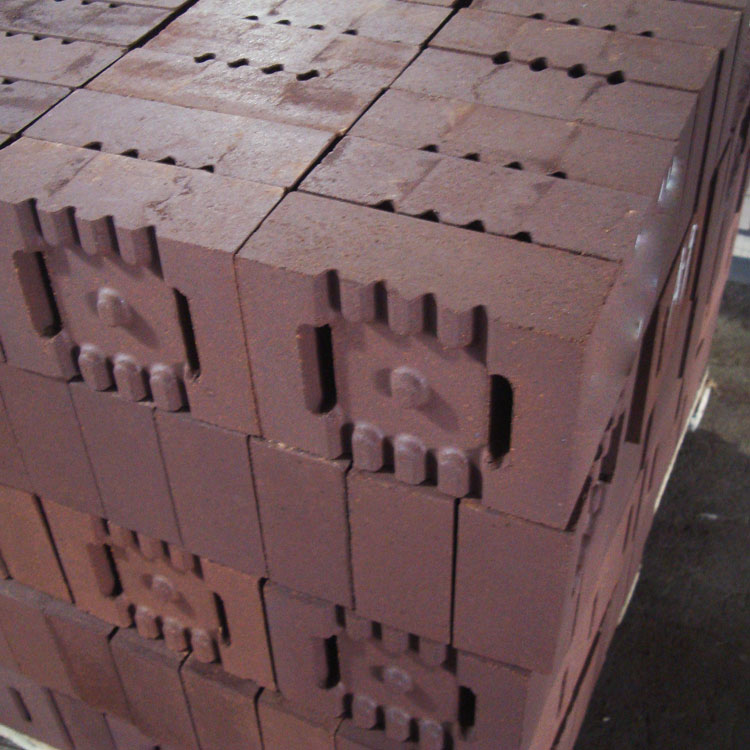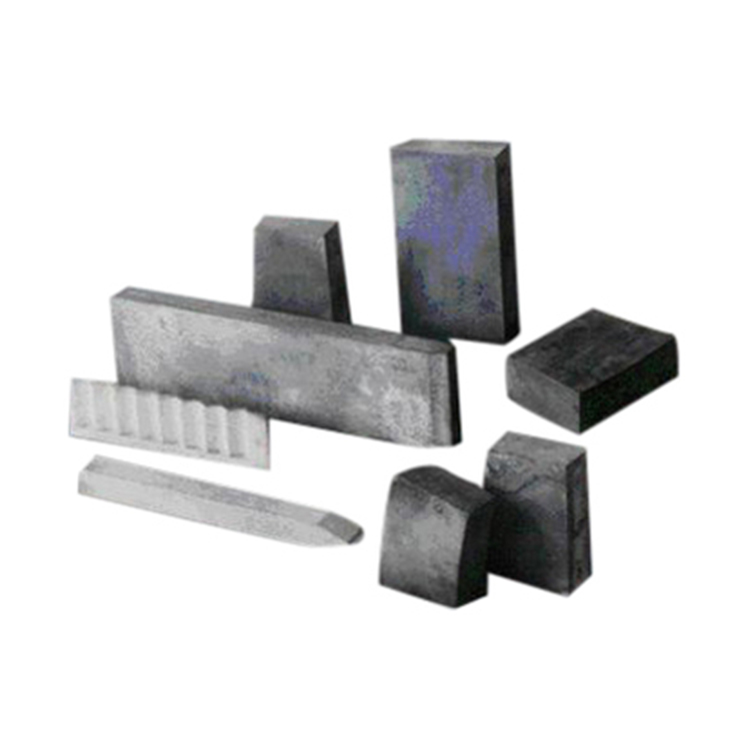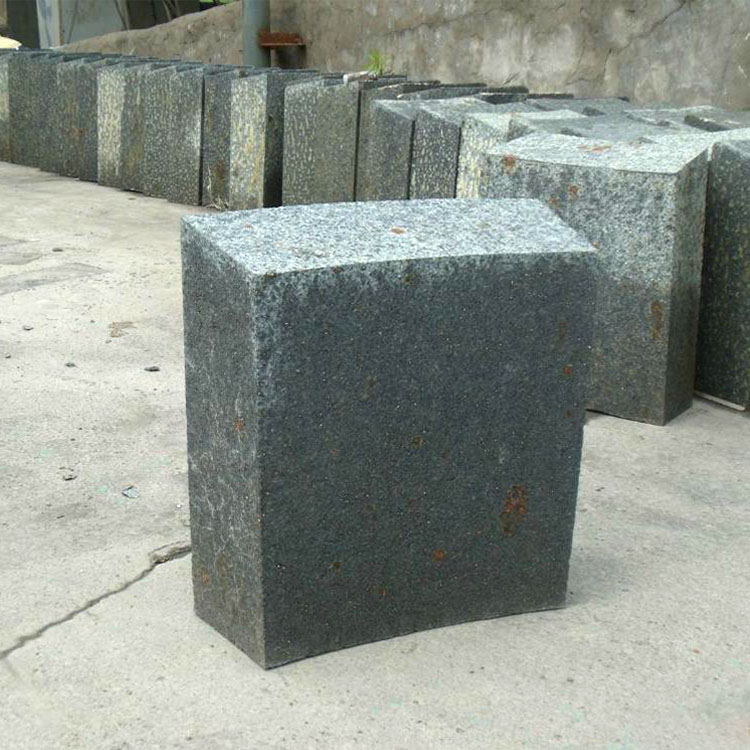
In the era of low-carbon smelting, the steel industry is under increasing pressure to enhance the performance of furnace refractory materials. Traditional high-alumina bricks, once the mainstay, are now struggling to meet the demands of rapid temperature changes due to limitations such as thermal shock damage. This article delves into why andalusite refractory bricks are emerging as a superior alternative, offering significant benefits for steel enterprises.

The push towards low-carbon smelting has spurred the steel industry to seek more efficient and durable refractory materials. Furnaces in steel plants often experience rapid temperature fluctuations, which place high stress on the refractory lining. As a result, there is a growing need for materials that can withstand these extreme conditions.
High-alumina bricks, commonly used in the past, have several drawbacks in rapid temperature change scenarios. Their relatively poor thermal shock resistance leads to cracking and spalling, reducing their lifespan and increasing maintenance costs. For example, in some steel plants, high-alumina bricks may need to be replaced every 6 - 8 months due to thermal shock damage, compared to longer intervals for more advanced materials.
Andalusite refractory bricks offer several key advantages over high-alumina bricks. They have excellent cold strength, which means they can maintain their structural integrity even under heavy loads at room temperature. Their thermal stability is also remarkable, allowing them to resist thermal shock and maintain performance during rapid temperature changes. Additionally, andalusite bricks have high creep resistance, ensuring long-term stability under high temperatures and pressures.

A direct comparison of key performance indicators between andalusite bricks and high-alumina bricks reveals significant differences. The following table presents some of the critical data:
| Property | Andalusite Refractory Bricks | High-Alumina Bricks |
|---|---|---|
| Cold Crushing Strength (MPa) | 100 - 120 | 80 - 100 |
| Thermal Shock Resistance (Cycles) | > 30 | 10 - 15 |
| Creep Rate at 1400°C (%) | < 0.5 | 1 - 2 |
Several leading steel enterprises have adopted andalusite refractory bricks with remarkable results. For instance, a large steel plant in Europe replaced its high-alumina brick lining with andalusite bricks in one of its blast furnaces. After a year of operation, the furnace lining showed minimal wear, and the overall maintenance cost was reduced by 30%. The furnace efficiency also increased by approximately 15%, leading to significant energy savings.
The unique crystal structure of andalusite contributes to its excellent performance. According to a study by the International Refractory Research Institute, the structure of andalusite allows it to expand and contract in a controlled manner during temperature changes, reducing the risk of cracking and spalling. This characteristic is crucial for maintaining the integrity of the furnace lining.
By offering superior thermal shock resistance and creep resistance, andalusite refractory bricks can significantly extend the lifespan of furnace linings. This reduces the frequency of replacements and associated downtime, leading to lower maintenance costs. In addition, their high efficiency helps steel enterprises save energy and improve production output.
Steel enterprises should base their refractory material selection on comprehensive performance data. Factors such as cold strength, thermal shock resistance, and creep resistance should be carefully considered. By analyzing the specific requirements of their furnaces and comparing different materials, enterprises can make informed decisions to optimize their operations.

The trend towards low-carbon smelting is expected to continue driving the demand for high-performance refractory materials. Andalusite refractory bricks, with their proven advantages, are likely to gain more market share in the coming years. As research and development continue, we can expect further improvements in the performance of these materials.
To learn more about the scientific selection of refractory materials for steel furnaces, download our free White Paper on Refractory Material Selection for Steel Furnaces.


